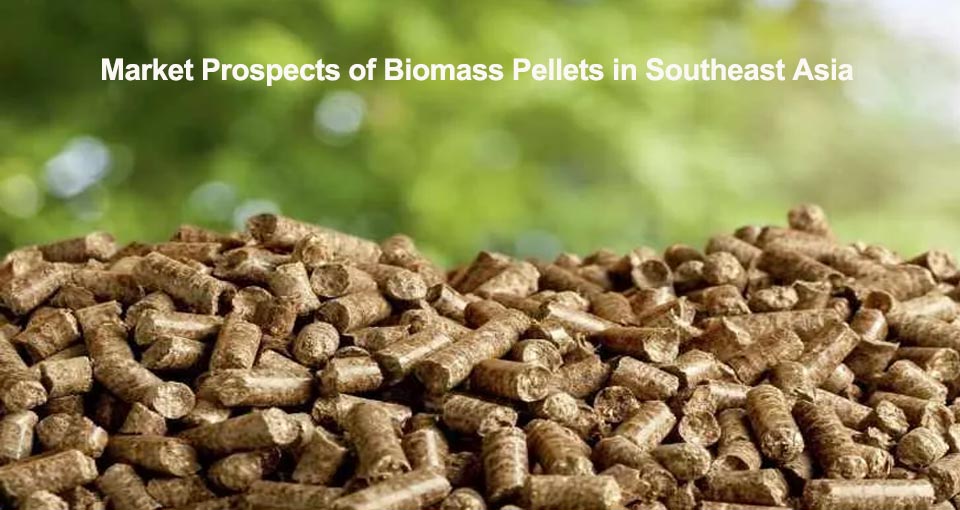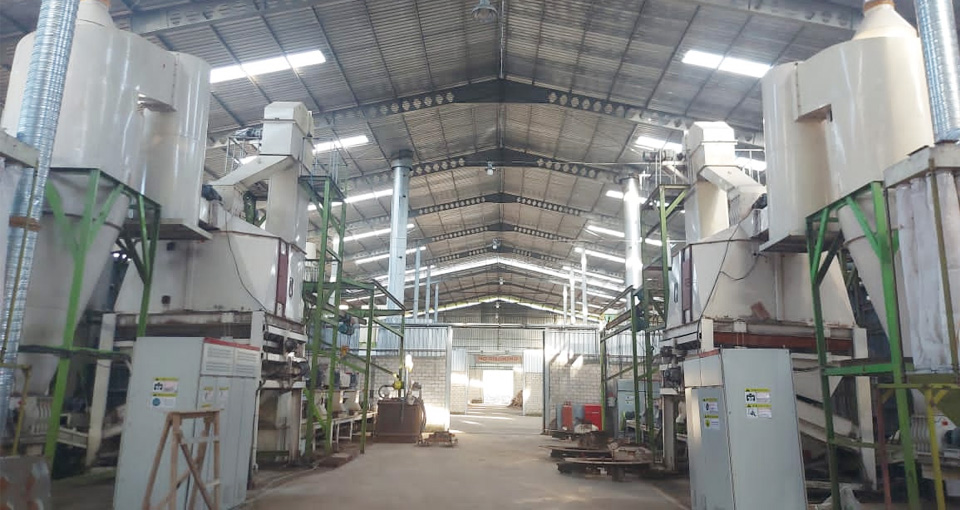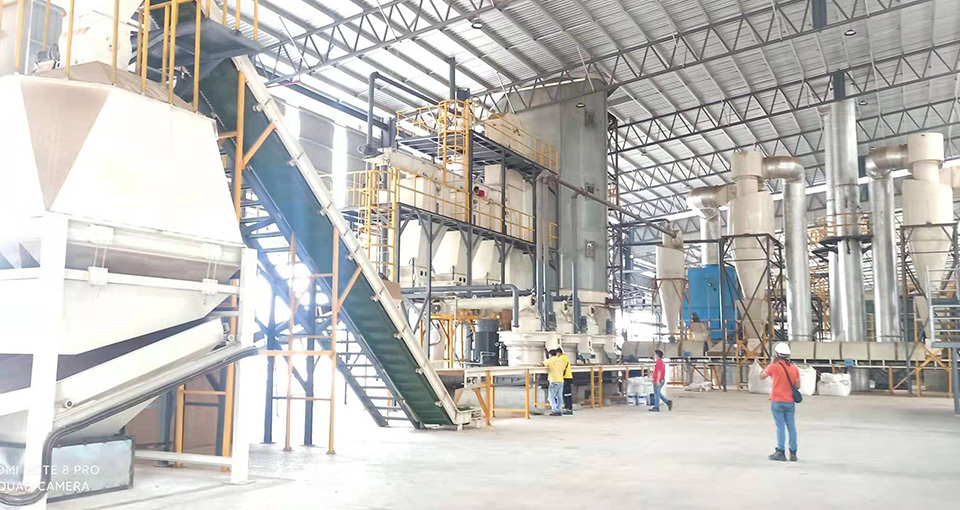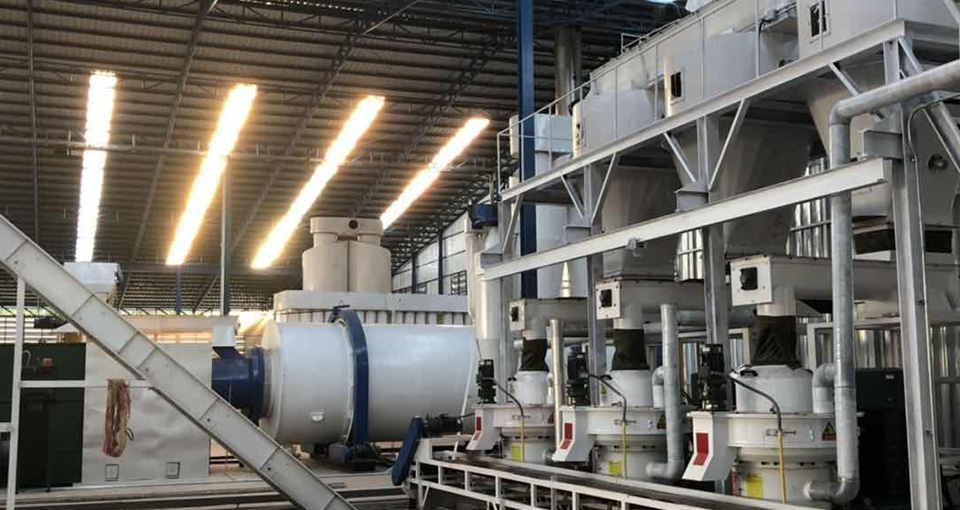
In recent years, the biomass pellet market in Southeast Asia has shown a rapid growth trend. With the increasing demand for renewable energy and the promotion of environmental protection policies in various countries, biomass pellets, as a clean energy, are gradually becoming an important choice to replace traditional fossil fuels. With rich biomass resources, government policy support and superior geographical location, Southeast Asia is expected to become an important player in the global biomass pellet market.

1. Policy environment: strong support for the development of biomass energy
Many countries in Southeast Asia have adopted policies such as the Renewable Energy Law to encourage the development of biomass energy. For example, Indonesia's energy structure adjustment plan has accelerated the application of biomass pellets in the power generation field; Malaysia has been committed to improving the investment environment, improving investment laws, and strengthening investment incentives in recent years to attract foreign investment. Especially in the field of power generation, the development of coal-fired power plants is gradually restricted, and the use of new energy power generation technologies including biomass and photovoltaics is vigorously advocated, and active policy subsidies are given in terms of grid-connected electricity prices. These policies not only promote the effective use of local resources, but also open up new business opportunities for foreign investors.
2. Resource advantages: abundant supply of raw materials
Southeast Asia has abundant biomass resources, which provide sufficient raw materials for the production of biomass pellets. For example, a large amount of waste such as empty palm fruit bunches (EFB) and palm pressed fiber (PPF) generated by the palm oil industry is widely present in countries such as Malaysia, and more than 15 million tons of such waste are generated each year. In addition, agricultural and forestry wastes in Southeast Asia, such as rubber wood, acacia wood, and Malacca wood, are also abundant. Through cold compaction molding technology, the volume can be compressed to 10 times the original density, significantly reducing transportation and storage costs. Rice husks in Vietnam are also snapped up by Japan, showing the huge potential of biomass energy. These organic materials can be used to produce environmentally friendly products or as fuel for biomass power plants, providing a solid resource base for the biomass pellet industry.
3. Market demand: Domestic and foreign demand growth
The global biomass pellet market size is expected to grow at an average annual compound growth rate of 10.2% from 2025 to 2029, and is expected to exceed 140 billion yuan in 2029. The Asia-Pacific region (including Southeast Asia) is one of the core growth areas. As an emerging market, Southeast Asia is expected to exceed 10.219 billion yuan in the biomass pellet fuel industry market in 2024, a year-on-year increase of 15%. Among them, Indonesia, as the largest economy, has a particularly significant demand growth rate. The low-carbon emission characteristics of biomass pellets are in line with regional emission reduction targets, and the trend of replacing traditional coal is significant. Its demand in industrial fields such as biomass power generation and industrial boiler fuel accounts for the largest proportion. In addition, biomass pellets in Southeast Asia are mainly exported to countries and regions such as Japan, South Korea, and Singapore. With the growing global demand for renewable energy, its export market is expected to expand further.
4. Technology and industrial foundation: continuous progress and improvement
The biomass pellet production technology in Southeast Asia is constantly improving, and some companies have been actively introducing advanced technology and equipment to improve production efficiency and product quality. For example, through independent technology research and development, GGS has developed into a comprehensive company that produces palm pellets, palm kernel shell charcoal and other products, and has signed a 10-year palm pellet sales contract with Japan's Eyex and Kanematsu. The optimization of combustion performance (high volatile matter, low residual carbon) allows it to be directly used in coal-fired boilers, lowering the threshold for corporate energy transformation. At the same time, Singapore's innovative practice of using urban waste such as coffee grounds to produce high-performance biomass pellets has provided an example for the sustainable development of global cities.
5. Challenges and coping strategies
Raw material collection and supply chain: agricultural waste is scattered, and the imperfect collection system affects large-scale production
Quality standards are not uniform: different countries have different requirements for indicators such as calorific value and moisture content of biomass pellets
International competition intensifies: facing price competition pressure from suppliers in North America and Eastern Europe
Infrastructure restrictions: some countries lack port loading and unloading and storage facilities, affecting export efficiency
6. Future development trends and prospects
It is estimated that by 2028, the global biomass pellet market will reach more than 131 billion yuan, and Southeast Asia, as one of the core growth regions, will also see its market size grow accordingly. In the future, the biomass pellet industry in Southeast Asia will continue to strengthen technological innovation, improve production efficiency and product quality, reduce production costs, and enhance market competitiveness. At the same time, with the joint efforts of the government and enterprises, the biomass pellet industry in Southeast Asia will move towards sustainable development and achieve a win-win situation of efficient resource utilization and environmental protection.
7. Advice to market participants
Raw material side: Establish a stable raw material supply network and consider establishing long-term cooperation with plantations and agricultural cooperatives
Production side: Invest in production equipment that meets international standards and obtain necessary certifications
Market side: Pay close attention to policy changes in major importing countries such as Japan and South Korea, and plan for emerging markets in advance
Policy side: Make full use of the industrial support policies provided by local governments
Sustainability: Focus on carbon emission management in the production process and meet the ESG requirements of international buyers
Conclusion
The Southeast Asian biomass pellet market is in a period of rapid development, with multiple advantages such as raw material resources, policy support and location advantages. However, market competition is also becoming increasingly fierce, and companies need to improve product quality, supply chain efficiency and sustainability performance to occupy a favorable position in this potential market. As the global energy transition process accelerates, Southeast Asia is expected to become an important link in the global biomass energy supply chain.
As professional manufacturer of biomass pellet production line, we have abundant experience, can customize suitable biomass pellet plant according to customer's different raw material, and capacity requirement.
Analytis of Biomass Pellets Market in Nepal
What raw materials can be used to make biomass pellets in India
 20t/h Wood Pellet Production Line in Indonesia
20t/h Wood Pellet Production Line in Indonesia
Country: Indonesia
Capacity: 20t/h
Raw Material: subtropical trees
 10t/h Wood Pellet Production Line in Malaysia
10t/h Wood Pellet Production Line in Malaysia
Country: Malaysia
Capacity: 10t/h
Raw Material: wood log (acacia wood, eucalyptus wood)
 10t/h Wood Pellet Production Line in Philippines
10t/h Wood Pellet Production Line in Philippines
Country: Philippines
Capacity: 10t/h
Raw Material: wood log
 6t/h Wood Pellet Production Line in Thailand
6t/h Wood Pellet Production Line in Thailand
Country: Thailand
Capacity: 6t/h
Raw Material: wood log